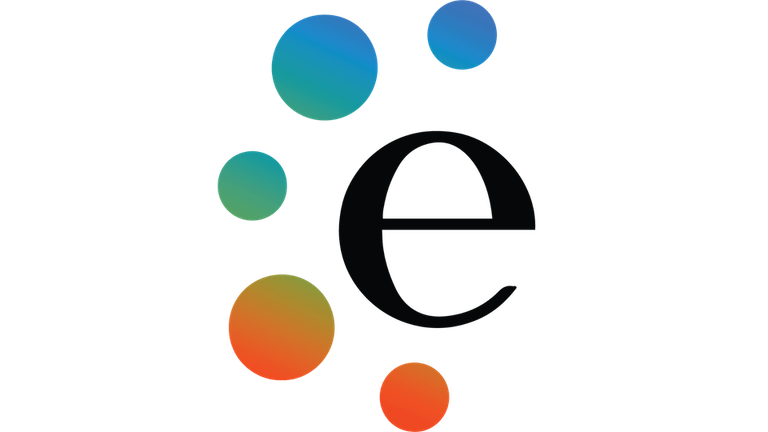Energy > Time
From Path2 Coaching
I have amazing friends. They prioritize my well-being when they think about me. They frequently check-in on me with a battery of questions: “Are you relaxing, Rob? Are you being gentle and kind with yourself? Are you getting enough sleep? Enough alone time? Enough exercise?”
One of their recurring concerns is my propensity to stretch myself thin. I commit to a lot of different things. At first, my friends were concerned about my time – “Rob, you don’t have the TIME for all this!” But what they’ve realized is that I no longer balance my life based on time; instead, I balance it on energy. I don’t get burnt out from spending my time doing things; I get burnt out from spending my energy on things that don’t refill my energy.
Through hard lessons and numerous meltdowns, I learned that I cannot balance my time commitments. The number of things I want to do in life outnumber the finite amount of minutes in a day. I tried to divide each grain of sand in the hourglass into smaller and smaller fragments, but I just wasn’t able to create more time. Every time I tried to get more done, I would burn out. But burning out isn’t a function of time, it’s a function of energy.
I found that, unlike time, energy replenishes. When I spend my energy on the priorities that are important to me based on my values, (whether that is work, or life, or hobbies, whatever), my energy is continually replenished, allowing me to experience and do more.
When I was using energy based on time instead of value, it did not provide a recharging process. Before I figured this out, when my work-day was done and it was time for family life, I was unable to show up; I had zero energy and was completely sapped. I had spent all my energy on tasks that did not replenish me.
It wasn’t until I integrated my concepts of my work-life and home-life into a single life, that I could consider shifting from allocating time to allocating energy. I began allocating my energy to the desires in work and life based on my values. This allowed me to maintain and recharge my energy. To prioritize the use of my energy based on values, the first step was to drop the artificial idea of two separate identities, a work self and life self, and replace it with a single, cohesive sense of “self.” One person, one life, one set of priorities.
As a single unified sense of self, I consolidated my work and life priorities into one vision, reflecting all the tasks, experiences, and milestones that are valuable and worthy of my energy. This integrated view enabled me to be fluid in how I addressed work and life. I could invest my energy in the priorities that gave me the energy back, and sometimes gave me more energy than they required.
This radically changed the focus of my priorities. Things were no longer important based on time, but rather what tasks provided energy and what tasks drained energy. I couldn’t spend all my energy on tasks that were simply draining without also spending energy on tasks that were replenishing. A workday that consisted solely of draining activities was no longer tolerated or feasible without having tasks that replenished more energy than they used interspersed throughout my day to sustain my energy. The goal was no longer to get things done; my goal was to get things done without losing the energy I wanted for the important things in life.
Not only does this enable me to show up as my best self when it matters, but there is an expansive benefit. When I spend my energy on something that replenishes me more than the energy it takes, it expands my total energy capacity. Writing and playing music does that for me. Energetically, it does not take a lot (and even on a time basis, it’s relatively inexpensive). But the return on energy is enormous. After an hour or two of playing or writing music, I have the creativity, bandwidth, and motivation to tackle dense legal work, complex operational problems, and otherwise emotionally triggering conversations.
By integrating my work-life and home-life and focusing on how I use my energy, I ended the stress and tension of fighting for time, and I can invest my energy in rewarding and sustainable ways. I can regenerate energy when I spend my effort on the priorities that are important to me, at my discretion. The result is embracing the truth that I have enough replenishable energy to have the experiences and goals I want in work and life, without either suffering at the expense of the other.
